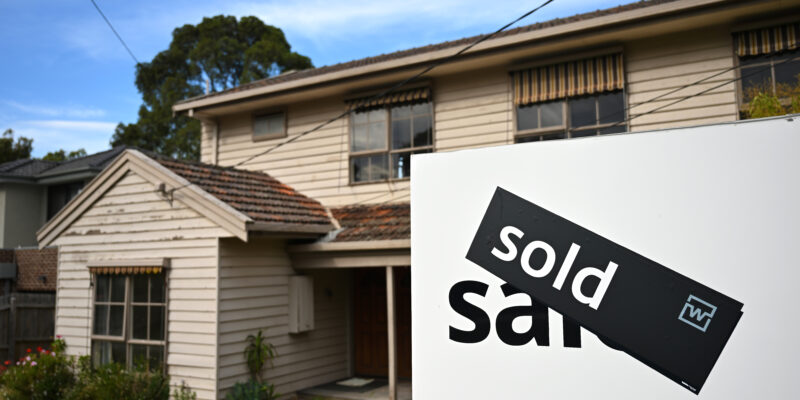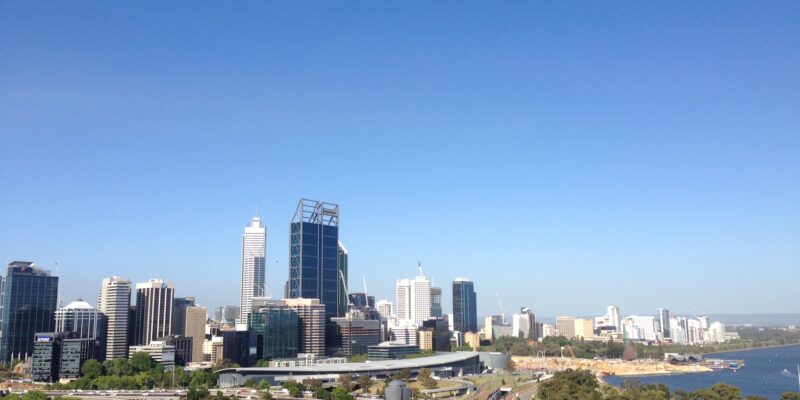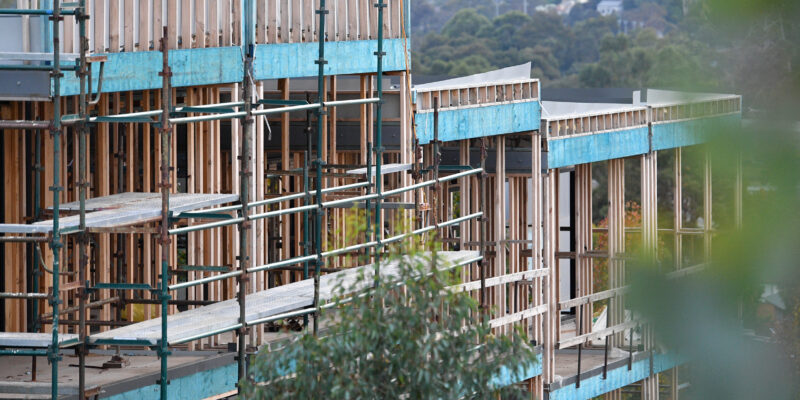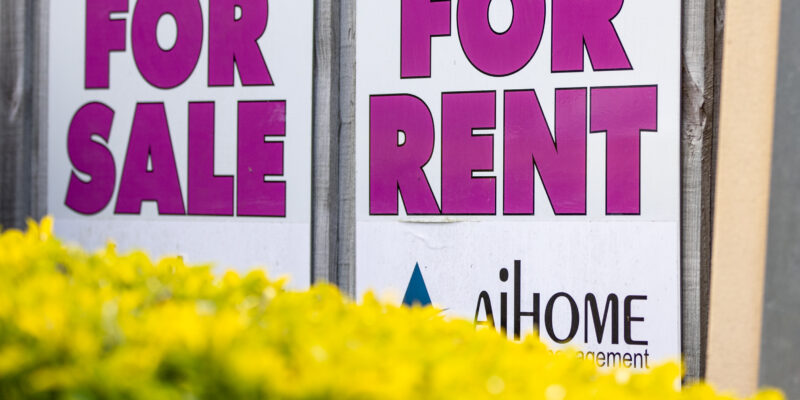Governor takes aim at tax barrier to economic mobility
The Reserve Bank has set its sights on one tax it says keeps owners of big homes from downsizing and people from relocating for better jobs and pay.

AN age-old tax keeping empty nesters in huge homes while young families squeeze into apartments has drawn renewed ire from a frequent critic.
Successive Reserve Bank governors have criticised stamp duty, the tax paid on property purchases.
“My predecessor called it a tax on mobility,” Michele Bullock said on Friday.
“It’s also a barrier to people moving to find jobs … a barrier for dynamism in the economy.
“It basically keeps people pretty much where they are instead of allowing them to up and move.”
Australia’s average household size has been on a long-term decline, accelerating during the COVID-19 pandemic.
“So, the same housing stock provides housing for less people, because there’s less people in each house,” Ms Bullock told a News Corp business forum.
She suggested stamp duty could be discouraging people from downsizing into apartments.
But weaning the states off stamp duty, first levied 160 years ago and which can provide up to a quarter of their annual income, has proven difficult.
Economists recommend a land tax model where all landowners pay an annual fee, rather than a one-off payment when taking ownership.
NSW Premier Chris Minns fought to extend stamp duty on his way into office, scrapping a short-lived option for first homebuyers to pay land tax instead.
Mr Minns labelled the other option “a permanent tax on the family home”, instead raising the eligibility threshold for stamp duty concessions.
His government on Friday rebutted Ms Bullock’s attack, saying waivers and reductions had saved more than 73,000 first homebuyers an average of $20,000.
Mr Minns had taken the stage before Ms Bullock at the event on Friday, telling the room he was “praying” for a further interest rate cut.
Data this week showed Sydney’s median house price hit $1.75m while the median unit price exceeded $840,000.
“For most young people their first home will be in an apartment building,” Mr Minns said.
“We need to build more of them.”
“The number of new housing dwelling completions in the most expensive city in Australia and the second most expensive in the world has not been anywhere near good enough.”
Queensland and Victoria have been outpacing NSW in building new dwellings for years.
But recent reforms have focused on high-density development and planning reforms to get homes built faster.
The premier is confident the state can do it “with a little bit of help from Michele”.
Ms Bullock acknowledged interest rates have an impact, despite housing prices not being part of the central bank’s mandate.
“The best thing I think we can do … is to keep inflation low and stable because that keeps building costs and so on not increasing too much.
“As interest rates come down, hopefully what you’ll see is people will be able to afford to build more houses.”






